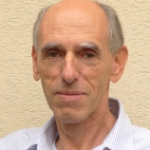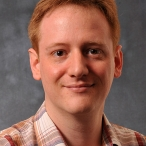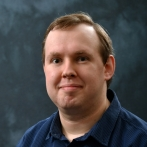
Research
Budapest University of Technology and Economics
Faculty of Electrical Engineering and Informatics
3D geometric modelling
aesthetic curves and surfaces • computer-aided geometric design • free-form surfaces • geometric constraints • n-sided surface patches • reverse engineering • segmentation of 3D objects • surface fitting

A kutatócsoport tagjai:

Várady Tamás
full professor

Salvi Péter
associate professor

Vaitkus Márton
assistant lecturer
Kovács István
Külső munkatárs
Activity of the research group:
Digital representations of complex 3D geometric objects (point sets, triangular meshes, curves and curve meshes, parametric and implicit surfaces, solids), related mathematical algorithms and applications.Recent results:
- Multi-sided surfaces: We have developed several surface representations over the years, both transfinite interpolation surfaces and control point based patches. Our novel, generalized Bézier and B-spline surfaces can interpolate arbitrary boundary ribbons and permit interior hole loops, as well.
- Reverse engineering: In the majority of engineering applications, it is crucial that the reconstructed models satisfy various geometric constraints. The primary surfaces must obey various rules, such as being orthogonal, parallel, tangential, symmetric, concentric, and so on. If we approximate the segmented regions individually, one by one, we may obtain inaccurate surfaces and poor CAD models. The goal of this research is to perfect CAD models created from measured data. We introduced techniques to automatically detect likely engineering constraints, and enforce these by performing constrained fitting.
- Parameterization & Surface fitting: During the reverse engineering of CAD models, free-form regions need to be approximated with trimmed tensor-product B-splines. There are many methods available for surface fitting, but all of them require an initial parameterization (flattening) of the data points, which can have a substantial effect on the quality of the final surface. While mesh parameterization has a rich literature, the specific requirements of trimmed fitting are quite different from those of texture mapping or quad meshing. Motivated by this, we worked on mesh parameterization methods that enable fitting high-quality trimmed surfaces with minimal user intervention.
- Proximity curves & surfaces: We introduced two different representations to define proximity curves. The representations satisfy many important requirements that are useful in CAD, including positivity, convex combination, natural knot insertion and so on.
- Implicit surfaces: Implicit surfaces provide an interesting alternative to parametric patches. Many operations (e.g. inside-outside testing, Boolean operations, ray-tracing, connecting to regular implicit surfaces) are more convenient using them. We have explored the I-patch representation for various applications including polyhedral design and data approximation.



